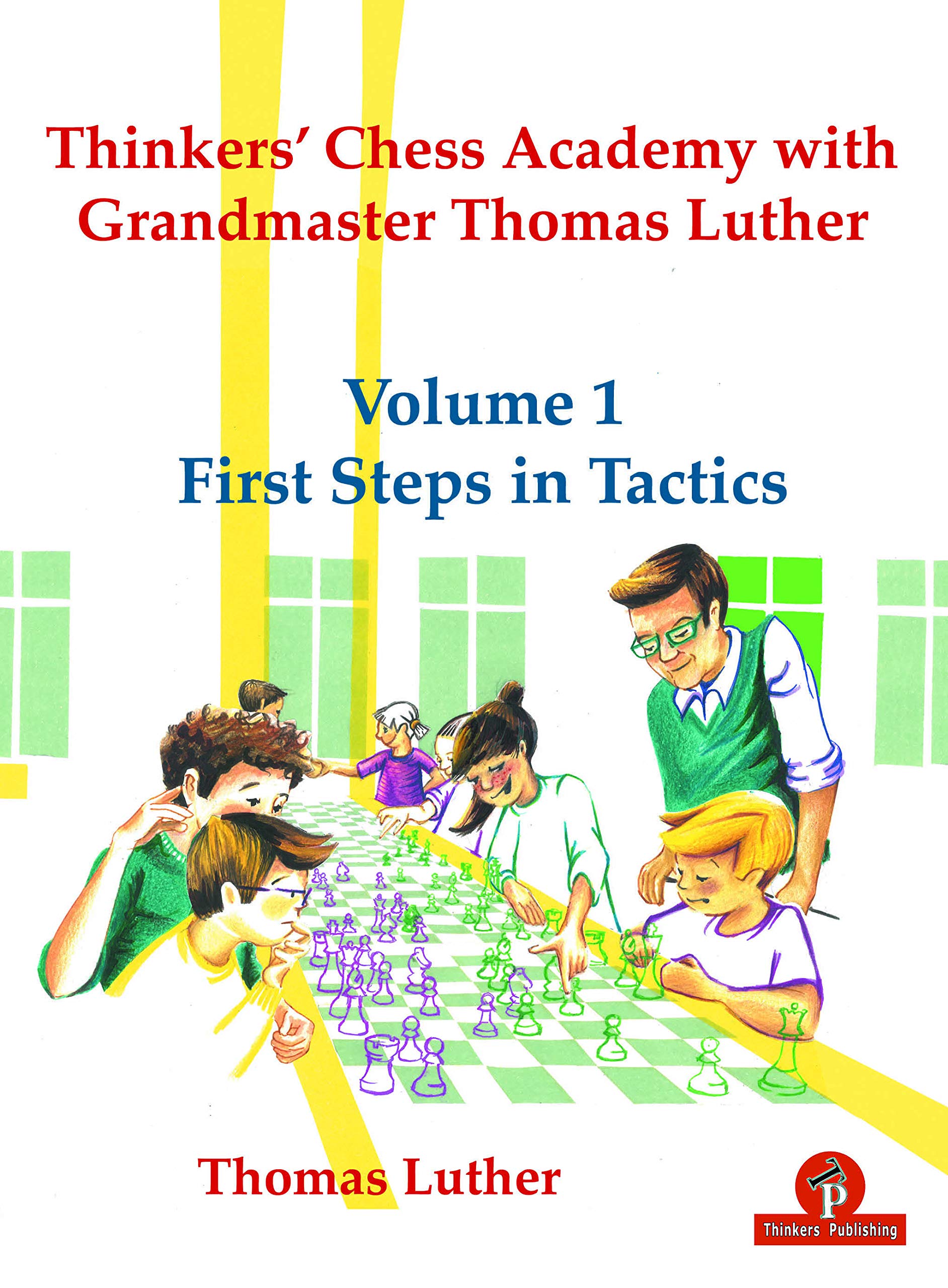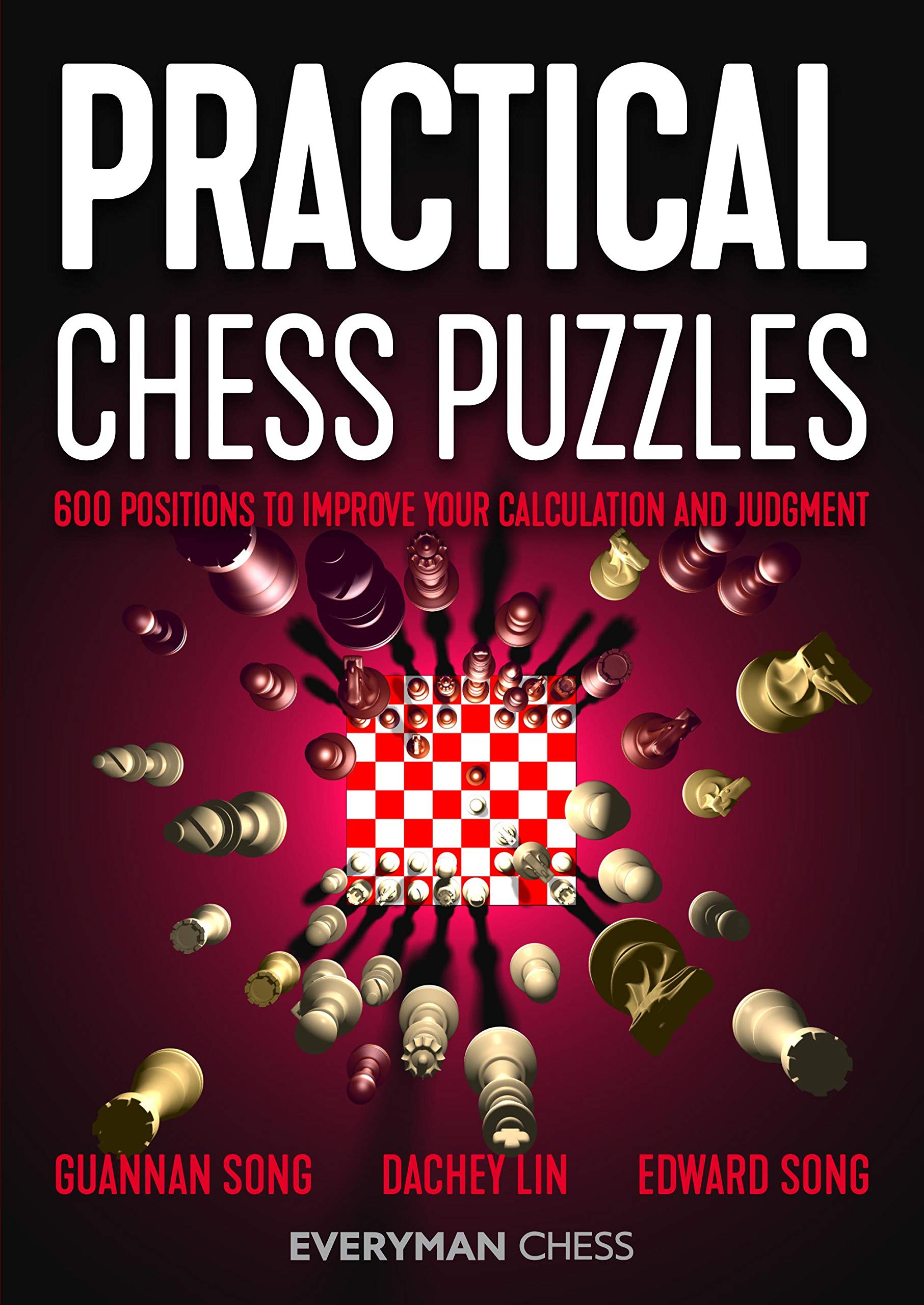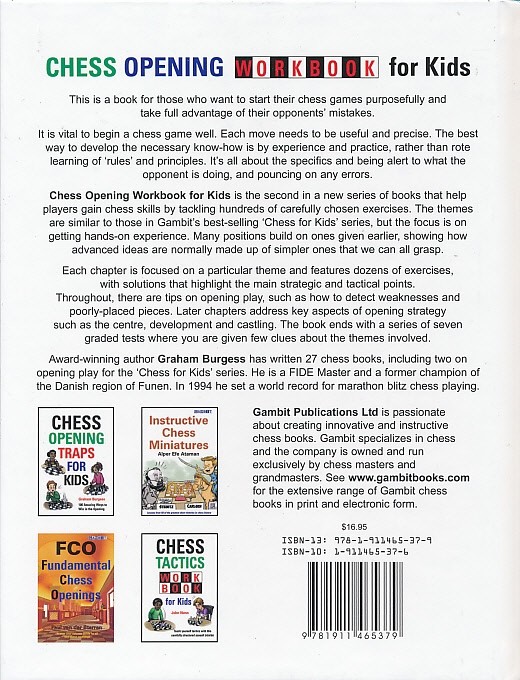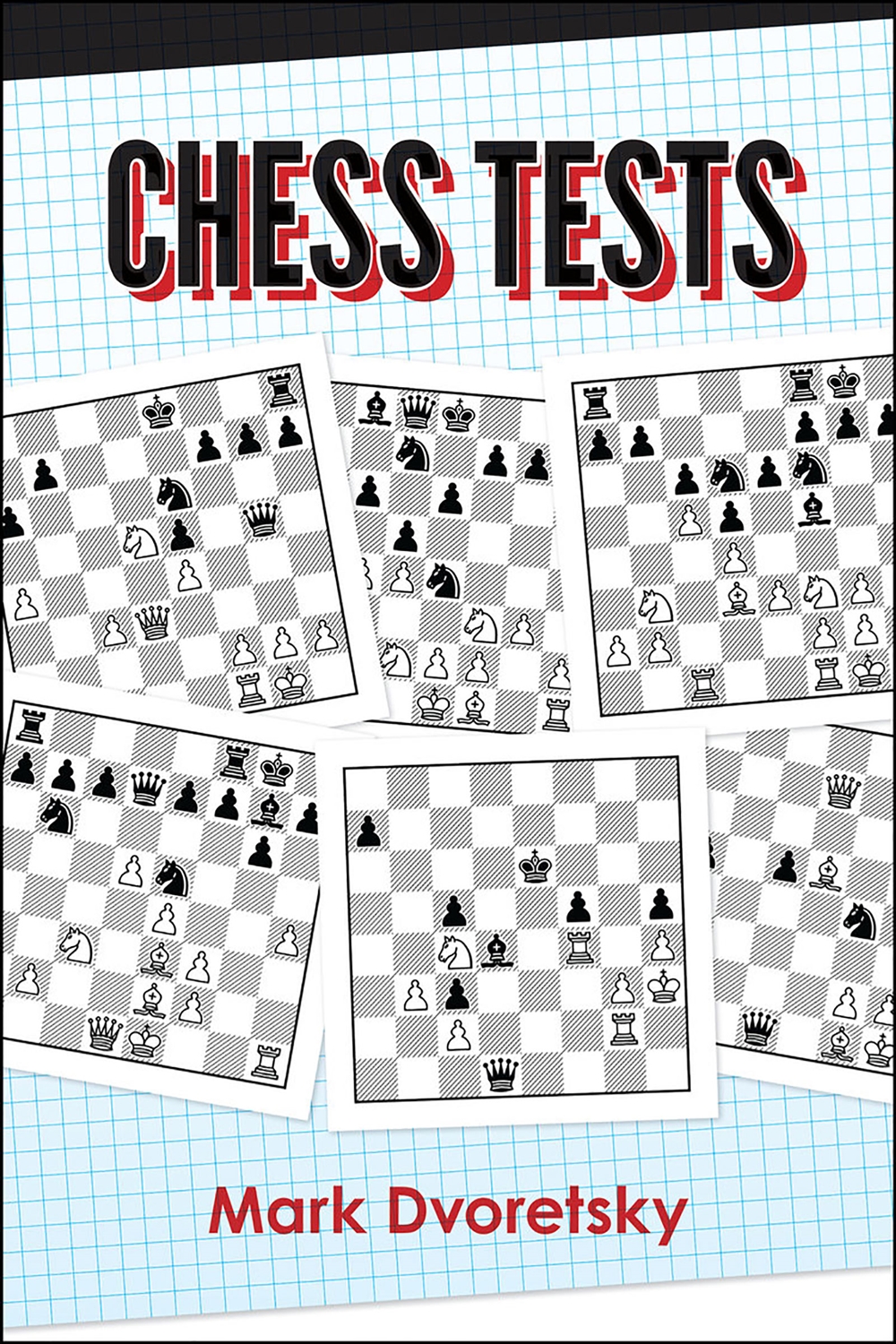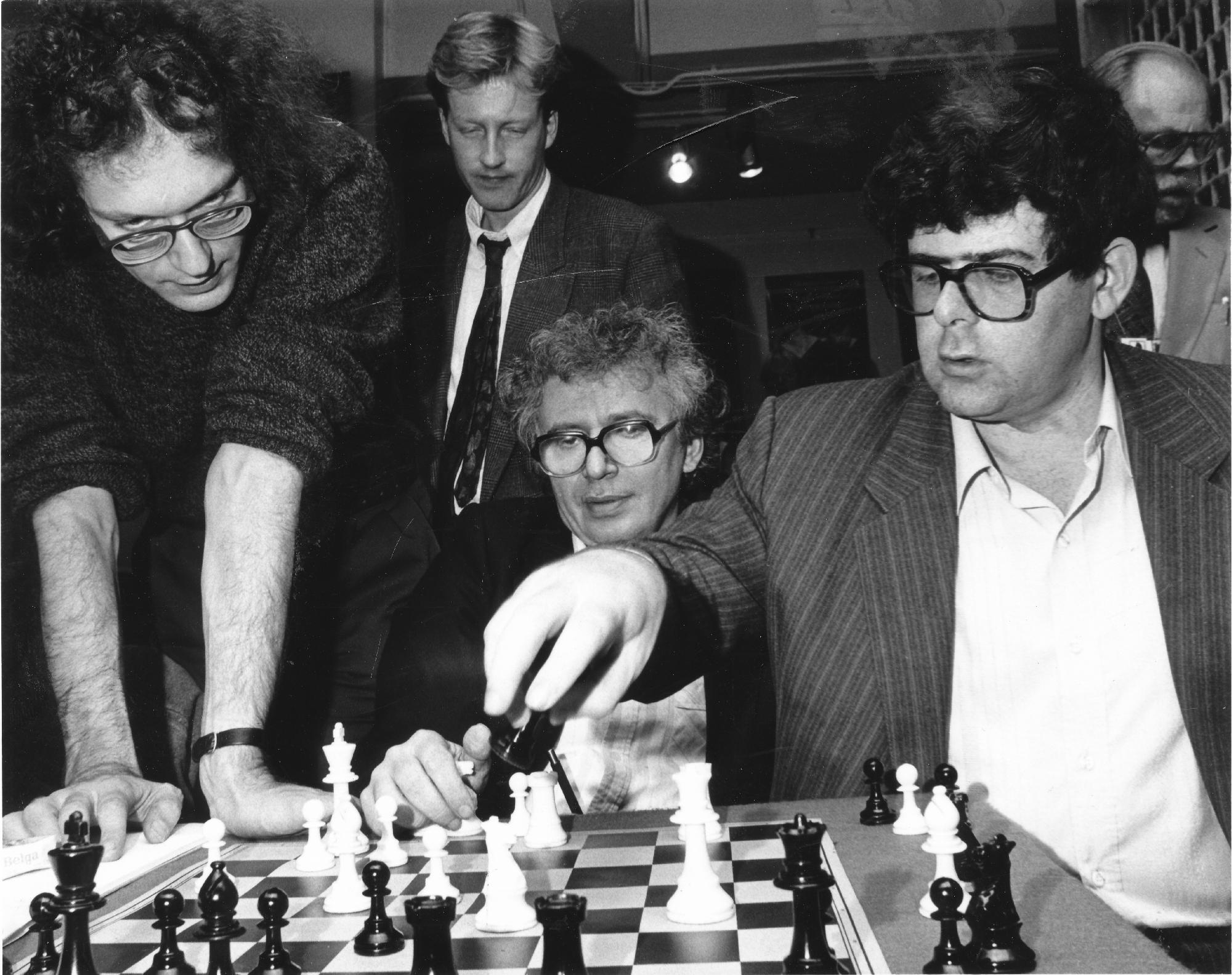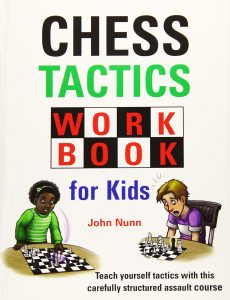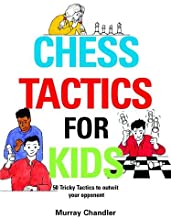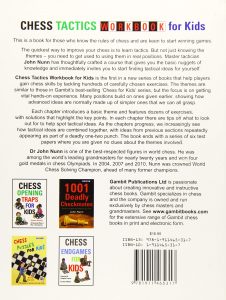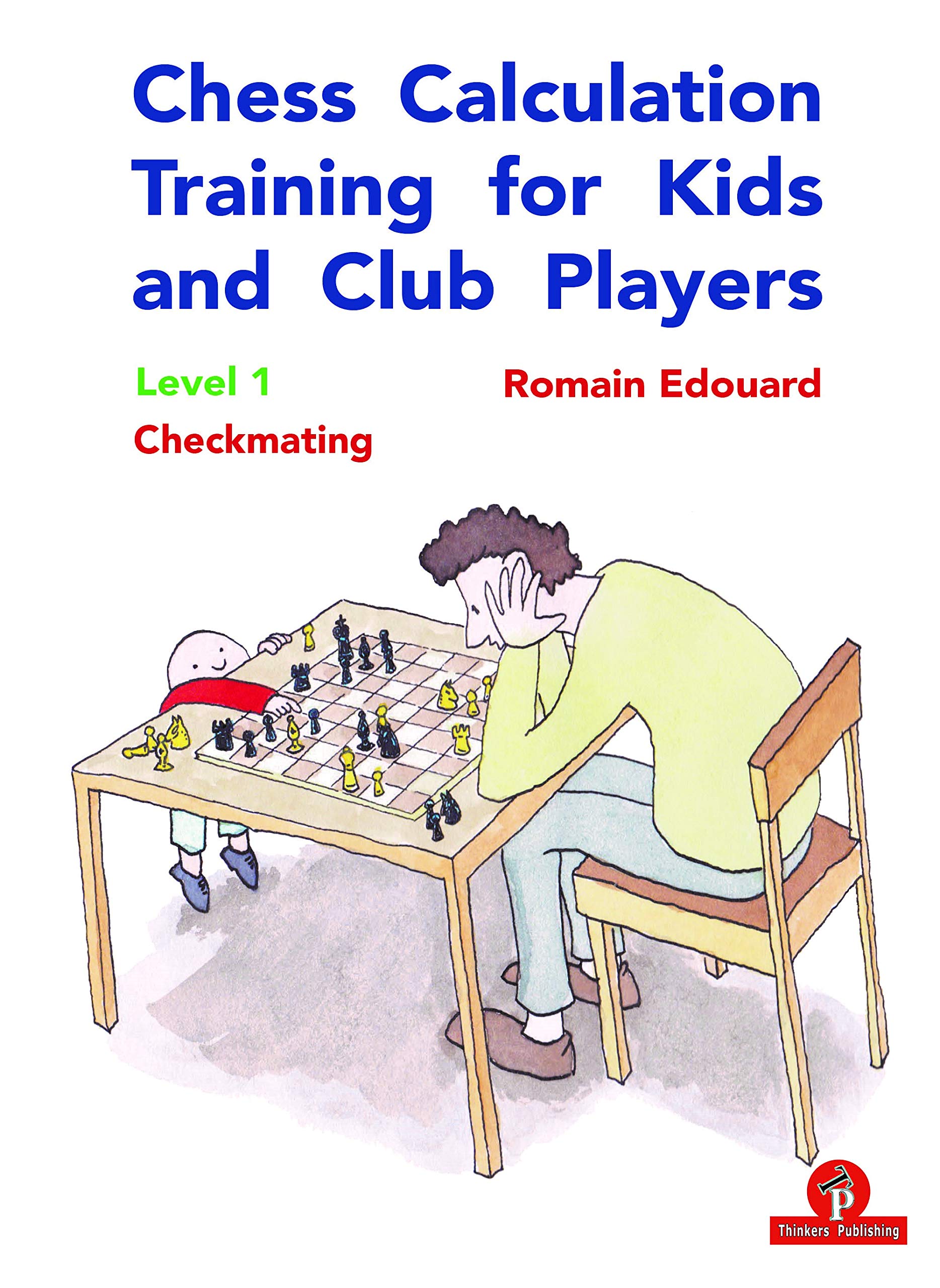
Romain Édouard (born 28 November 1990) is a French grandmaster and is Editor-in-Chief of Thinkers Publishing. Édouard has played for the French national team at the Olympiads of 2010, 2012, 2014 and 2018, won several major tournaments including equal first place in the 2015 World Open and Montreal Open 2015.

We previously reviewed Chess Calculation Training : Volume 3 : Legendary Games by the same author and were impressed (although the content was aimed at more experienced and higher rated players.)
As with every recent Thinkers Publishing publication high quality paper is used and the printing is clear. We were hoping that the excellent glossy paper of previous titles would be used but never mind.
The book can easily be laid flat next to the board and does not require weights to prevent it from “self-closing” (a particular bugbear of ours !). Each diagram is clear and the instructional text is typeset in two column format, which, we find, enables the reader to maintain their place easily. Figurine algebraic notation is used throughout and the diagrams are placed adjacent to the relevant text and each diagram has a “to move” indicator.
There is no index. However, for a tactics books this is less crucial. However, some readers might wish to list tactics from particular players…
We have reviewed several tactics books in the last few months and this one from GM Romain Edouard competes in the busy improving juniors and club players market.
There is another market sometimes not considered as important which is the adult player who does not play OTB (who does right now?) or even online but does enjoy solving chess problems : this book will satisfy these readers.
Noteworthy is the absence of patronising cartoons which can put off the more serious juniors and adults. For very young players these are fine but for probably 10 year olds plus these (IMHO) are not welcome.
The main content is divided into eight chapters :
- Check & Mate
- Check, Check & Mate
- A Few Checks & Mate
- Trap Your Opponents King
- Hit the Defender
- A Nasty Double Threat
- An Unexpected Blow
- A Few More Problems
Having scanned the index I was immediately drawn to Chapter 5 to look for unusual methods for the attacker!
However, Chapter 1 is (usually) the best place to start and consists of 48 carefully selected (i.e. a unique solution) mates in two, the first move always being a check.
Here is a nice example :
#8
Nezhmetdinov, R – Kotkov, Y
25.? +-
The solutions are grouped together at the end of each chapter avoiding the annoyance of stumbling into the solution when it appears on the same page.
You won’t need it but the solution to #8 is given as :
25. Re8+! Qxe8
25…Bxe8 26.Qg8#
26.Qxf6#
(for the history fans amongst us the above game was played at the 17th RSFSR Championship, Krasnodar, 1957.)
Chapter 2 contains 52 mates in three with all three attacker moves being check.
Chapter 3 ramps up the challenge with 40 examples of increasing number of checks to a maximum of 7. Here is a rather satisfying example from the 1987 New York Open. The attacker’s chess career was tragically cut short at the age of 22. He played this mating attack when eleven years old :
#21
Waitzkin, J – Frumkin, E
Mate in 7
26.?+-
The solution (should you need it) is at the foot of this review.
You might be thinking “if all the moves are check then the task is made easier”. Of course but this is a training book and the logical approach of Edouard provides for increasing the confidence of the student incrementally.
Chapter 4 (Trap Your Opponent’s King) serves up 32 positions in which the first move is quite often not a check but winning, nonetheless. Finding winning “quiet moves” is a skill level that is quite often beyond the less experienced or lower rated player and deserves serious study.
I particularly liked this example :
#24
Ulibin,M – Mesman,E
29.? +-
Chapter 5 (Hit the Defender) contains 40 of perhaps the most pleasing (to me at least) combinations. Each features some kind of deflection or distraction such as this rather jolly example from 1964 :
#6
Wiler – Hell
1…?-+
A hard example !
I was curious as to the source of this game and determined (with the valuable assistance of Leonard Barden) that the game was :
Following on from this Chapter 6 contains 16 examples of “A Nasty Double Threat” in which the attacker makes a move that threatens a simultaneous forced mate and the win of material.
Difficult to chose but #5 appealed in a satisfying way :
#5
Jansen,I = Asenova,V
19…?-+
The penultimate chapter promises 32 tales of the unexpected with “An Unexpected Blow” : nothing to do with The Italian Job.
Essentially, this group of positions feature some kind of sacrifice that explodes the defender’s position. Some great examples and this one is from Wijk aan Zee, 1991 that GM Ben Finegold would surely enjoy !
13
Khalifman, A – Seirawan, Y
22.?+-
Finally, Chapter 8 (A Few More Problems) contains 16 positions that could not be categorised in the previous 7 chapters.
I’ve selected the final one for your entertainment :
16
Abasov, N – Kantor, G
30.?+-
Find the killer move for White!
I hope you enjoyed those!
So, in summary we have 48+52+40+32+40+16+32+16=276 positions including both classics and contemporary with a whole range of themes suitable for improving and advanced juniors and club players. The presentation is excellent and the solutions clear. I found one typographical error (hxg4 instead of fxg4) and one position incorrectly attributed.
As a coach I am looking to unleashing these on my students. I’ve recommended this book to their parents without hesitation and am looking forward to Level 2 and beyond.
Chess parents take note !
John Upham, Cove, Hampshire, 8th October, 2020

Book Details :
- Hardcover : 152 pages
- Publisher:Thinkers Publishing; 1 edition (19 May 2020)
- Language: English
- ISBN-10: 9492510693
- ISBN-13: 978-9492510693
- Product Dimensions: 17.02 x 1.02 x 23.37 cm
Official web site of Thinkers Publishing

n.b. Solution to Chapter 3, position #21 :
26.Qxg7+! Kxg7 27. Bf6+ Kg6
27…Kh6 28.Rh3+ Kg6 delays mate by one move
28. Rg3+ Kh6
28…Kh5 29.Rg5+ Kh4 30.Nf3#
29.Bg7+ Kh5 30.Rg5+ Kh4 31.Nf3#

